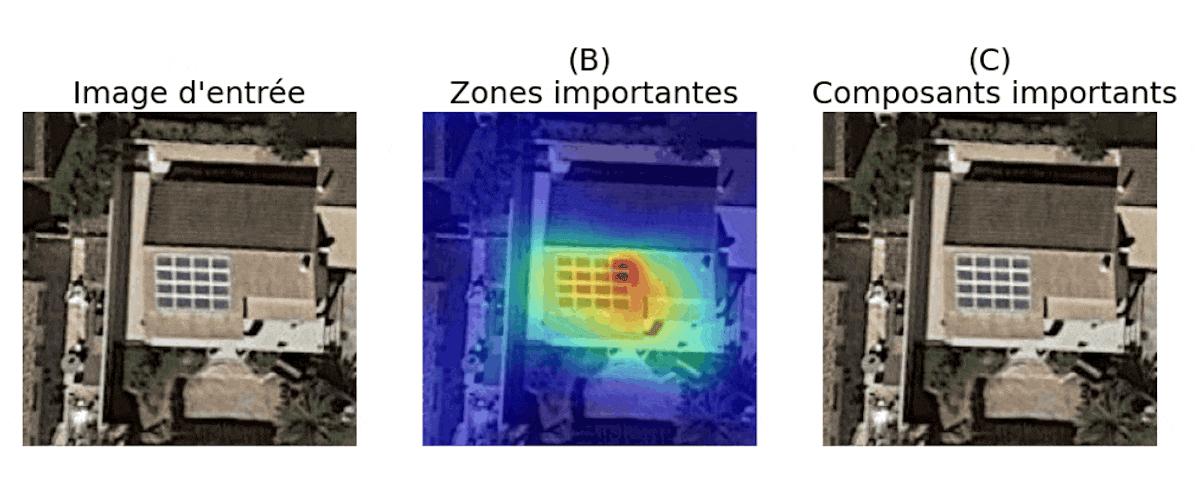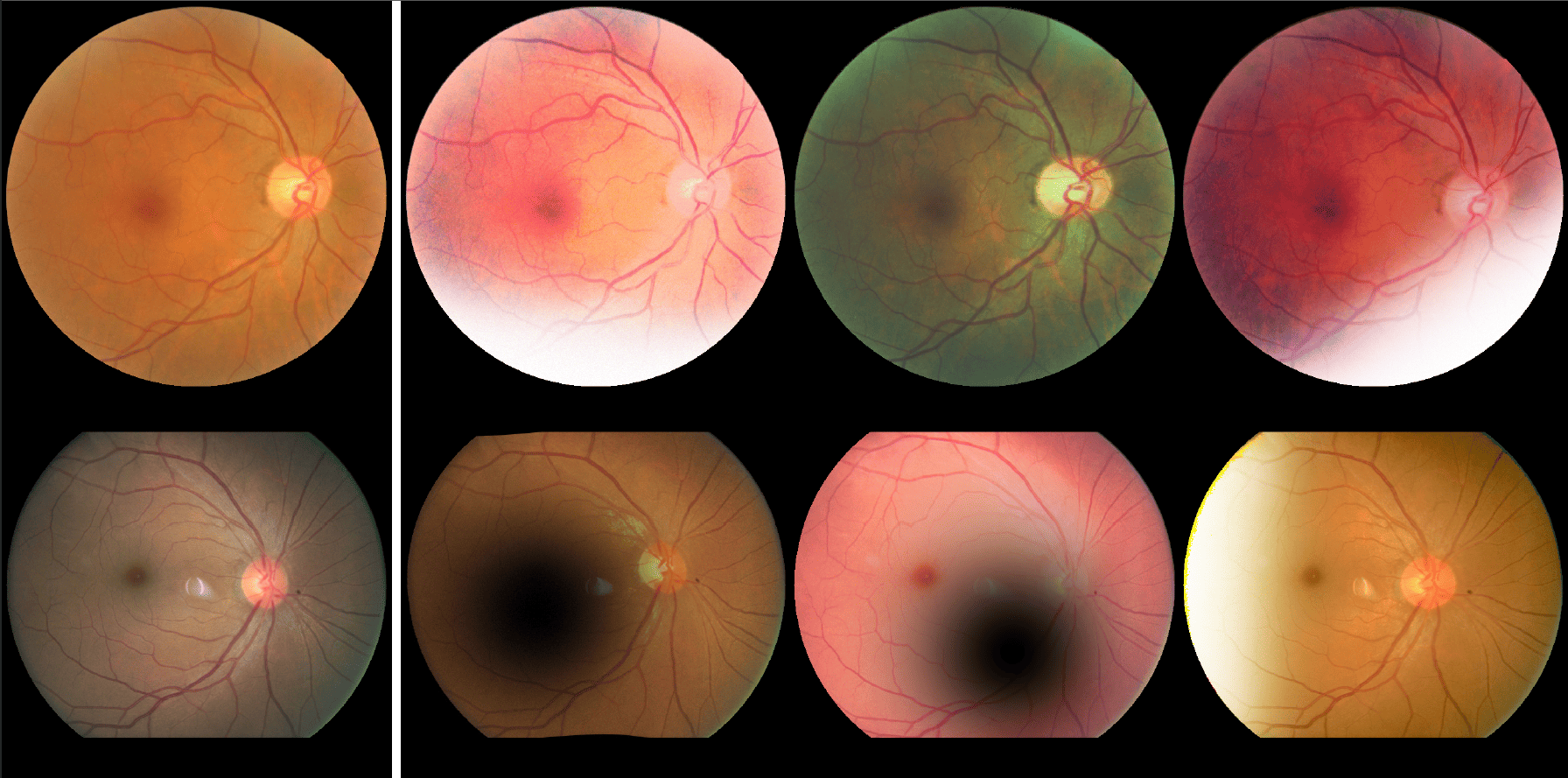Photovoltaics and the power grid: how reliable and transparent AI could facilitate decarbonization


Photovoltaics is a highly decentralized source of renewable electricity. Although small in size, rooftop installations on private homes and commercial buildings (carports, supermarkets, etc.) account for 99% of systems connected to the power grid and are having a growing impact on the grid.
Once centralized, electricity production is now spread across large power plants and hundreds of thousands of small installations. This means that balancing the system—which is essential to avoid blackouts—requires new methods to take this decentralized production into account.
Balancing electricity production by integrating decentralized solar production is entirely possible in principle. However, it is still necessary to know where the panels are installed and how big they are. Artificial intelligence (AI) can be used to automate this monitoring… provided that the reliability of the data can be guaranteed.
Historically, electricity has been generated by power plants connected to the transmission grid (high voltage) before being transmitted to the distribution grid (low voltage) and large industrial consumers. Production was “controllable,” meaning that it could be adjusted fairly quickly in response to demand.
The rise of onshore wind and solar photovoltaic power, which are mainly connected to the distribution grid, has profoundly changed this organization. Today, controllable production is adjusted to “net demand,” i.e., the difference between consumption and renewable production.
For example, French electricity demand has historically been sensitive to temperature (heating, air conditioning), and renewable production is sensitive to climatic variables. This variability is not a problem in itself: the important thing is that a sector is observable, i.e., that its production can be accurately measured or estimated, and that production uncertainties can be quantified.
However, photovoltaics currently lacks observability, mainly due to the uncertain characterization of the existing fleet of systems.
Photovoltaics is characterized by a wide variety of systems, ranging from large power plants to installations on individual roofs. Such diversity of installations facilitates rapid large-scale deployment and makes photovoltaics an indispensable vector for the decarbonization of the electricity system, but this same characteristic makes it difficult to monitor its deployment. Thus, 99% of photovoltaic installations, representing one-fifth of installed capacity, are installed on roofs (residential or commercial) in a completely decentralized manner (unlike, for example, ground-mounted power plants, for which tenders are centralized and capacities are therefore better known).
The photovoltaic cadastre, which lists all photovoltaic installations connected to the grid, is obtained from connection declarations and is subject to uncertainties, both in terms of cataloging systems and estimating their installed capacity and geographical distribution.
Artificial intelligence, applied to aerial imagery, offers a unique opportunity to automatically map photovoltaic systems on a large scale, estimating their surface area, orientation, and power, thereby improving our knowledge of the number, distribution, and characteristics of rooftop photovoltaic systems. Numerous models have thus been developed to map rooftop photovoltaic systems.
However, despite their remarkable performance, these models are rarely used by electricity system operators to complete and correct their records, which reduces the impact of such methods in addressing the problem of rooftop photovoltaic observability and, more broadly, in facilitating the decarbonization of the electricity system.
During my thesis, I paid particular attention to identifying methodological barriers to the deployment of AI tools to improve the observability of rooftop photovoltaics. I started with an apparent paradox: the tools and methods for detecting solar panels already existed, but existing projects did not go beyond laboratory experiments. There are several reasons for this discrepancy. On the one hand, there are institutional or human factors, linked to a lack of training in these tools or the question of liability in the event of an AI error. On the other hand, there are factors related to the methods themselves, where it became apparent that the combination of a lack of transparency and reliability of algorithms was a powerful barrier to their adoption.
Our recent research has therefore proposed a method to improve both the transparency and reliability of mapping algorithms. Improving transparency relies on explainable AI techniques and provides a better understanding of how the model “sees.” Improving reliability relies on this better understanding of the model’s decision-making process.
We used a novel explainable AI technique that breaks down what the AI “sees” in the image into different scales. This breakdown shows cases where the AI relies on easily alterable image components (the image’s high frequencies) resembling grid patterns with a ground size of around one meter by one meter. It is easy to understand the correlation between panels and grids, but it is also clear that not all grids are solar panels, and not all solar panels have grids.
 An example of detection explained by our explainability method. On the left is the image of the sign, as seen by the model. The areas of this image that are important for the model’s prediction are overlaid with warm colors (B). However, this overlay does not indicate which elements in these regions are important. In the animation (C), we use our explainability method to progressively filter the image until only what is necessary for the model to make its prediction remains. This filtering shows that the model needs the grid pattern (rather than the color or general shape of the sign) to identify a sign. Kasmi et al., 2024 and 2025 studies, Provided by the author.
An example of detection explained by our explainability method. On the left is the image of the sign, as seen by the model. The areas of this image that are important for the model’s prediction are overlaid with warm colors (B). However, this overlay does not indicate which elements in these regions are important. In the animation (C), we use our explainability method to progressively filter the image until only what is necessary for the model to make its prediction remains. This filtering shows that the model needs the grid pattern (rather than the color or general shape of the sign) to identify a sign. Kasmi et al., 2024 and 2025 studies, Provided by the author.
This method makes it easier to anticipate false positives and false negatives.
For example, in an area where there are many glass roofs with a similar grid pattern, the user will anticipate a possible overestimation of the actual number of panels. Conversely, in an area where the panels installed are newer and therefore more likely to be frameless, we can expect an underestimation of the number of panels. Identifying potential false negatives is all the more crucial because, while it is easy to eliminate false positives through post-processing, it is more difficult to combat false negatives.
For AI, reliability corresponds to the system’s ability to achieve accuracy comparable to that obtained during the initial training of the model, over a more or less long period of time. In practice, this training data is fixed, while the data on which the model is used is constantly changing. As a result, the statistical distribution of the training data is less and less representative of the data on which the model is deployed.
It is well established that AI is sensitive to such distribution shifts and that theoretical performance is less and less representative of reality. For solar panel detection, we can expect a decline in detections due to the fact that the model has never “learned” to recognize new panels. The training data is therefore biased in relation to real conditions, and updates to the training data will ensure that it reflects the updated distribution of photovoltaic panel types.
AI alone will not solve all the issues raised by the decarbonization of the electricity system. Nevertheless, it can and must contribute to this, given the maturity of the technologies, the availability of data, and the general appetite for it. The challenge is twofold: on the one hand, understanding how it works and its limitations, and on the other hand, improving its reliability so that adoption of this technology is based on user discernment rather than blind faith in these tools.

The Centre de Morphologie Mathématique (CMM)at Mines Paris – PSL uses deep learning models to develop automatic image analysis methods. These tools, w...